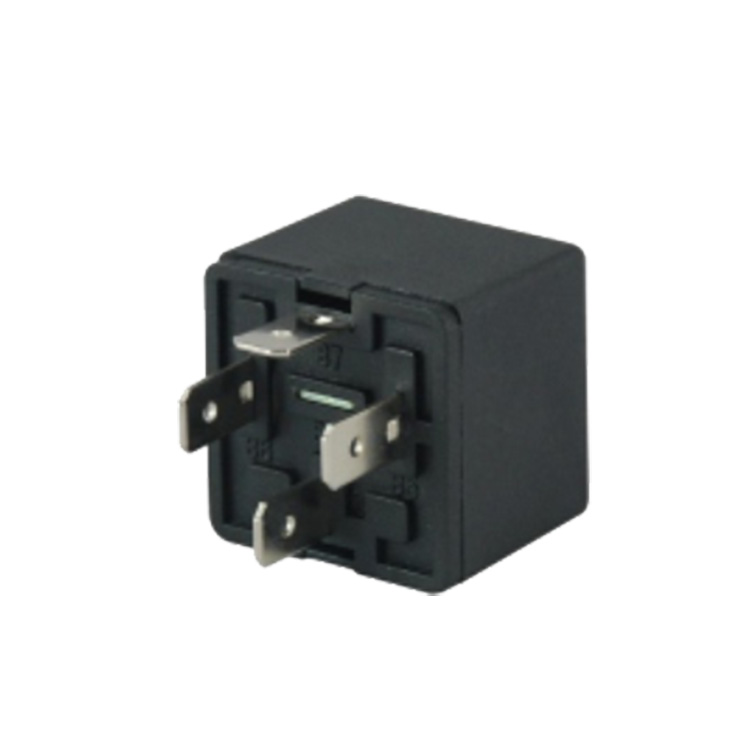How does automatic relay work?
2023-11-18
An automatic relay, often referred to simply as a relay, is an electrically operated switch that uses an electromagnet to mechanically control the opening and closing of one or multiple sets of contacts. The relay operates automatically in response to changes in the electrical input.
Here's a basic explanation of how an automatic relay works:
Basic Components:
Coil: The relay has a coil, which is typically made of copper wire wound around an iron core. When an electric current flows through this coil, it generates a magnetic field.
Contacts: Relays have one or more sets of contacts that act as the switch. These contacts are typically made of conductive materials and are positioned in such a way that they can be opened or closed by the movement of the relay's armature.
Operation:
When a voltage is applied across the coil terminals, an electric current flows through the coil, creating a magnetic field around it.
The magnetic field attracts an iron or steel armature (a movable part) that is connected to the relay's contacts.
Contact Movement:
The movement of the armature causes the contacts to change their position. If the relay is normally open (NO), the contacts will close, completing the circuit. If the relay is normally closed (NC), the contacts will open, interrupting the circuit.
Electrical Isolation:
Relays are often used to provide electrical isolation between different parts of a circuit. For example, a low-voltage control circuit can activate a relay, which in turn controls a higher-voltage circuit without the need for direct electrical connection.
Applications:
Relays are widely used in various applications, including automation, control systems, protection circuits, and industrial processes.
They are often used to control high-power devices with low-power signals, allowing for the separation of control and power circuits.
Types of Relays:
There are various types of relays, including electromagnetic relays, solid-state relays, thermal relays, and others. The fundamental principle of operation is similar, but the specific design and components may vary.
Automatic Operation:
The term "automatic relay" often refers to the relay's ability to operate automatically in response to a specific condition or input signal. For example, a relay might be part of a control system that turns on a motor when a certain temperature is reached or activates a light when a sensor detects motion.
Automatic relays play a crucial role in the field of automation and electrical control systems, providing a means to control electrical circuits based on changing conditions or external signals.





